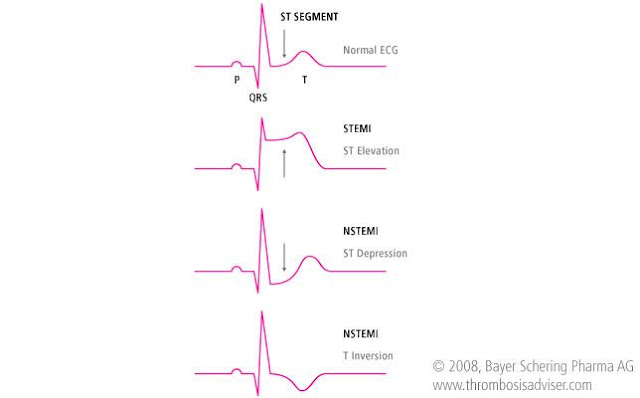VAD's (LVAD's, RVAD's and BiVAD's)
VAD’s (Ventricle Assistive Device), can either be used on the Right Ventricle, Left Ventricle or BiVad (Both Left and Right Ventricles)
Modern Marvel for sure, LVAD’s have patients who would be dead 50 years ago are now living longer with their families and some even being given the opportunity to have an LVAD implanted as a Bridge to Transplant
A Left Ventricular Assistive Device is a pump that is implanted into the Left Ventricle. A portion of the Left Ventricle is “corked” out and a ring is sewed on as seen in the video below. Then the “pump” is then put into that ring while the other end is connected to the aorta to perfuse to the rest of the body which is the picture below the video after the ring is sewn on to the corked out portion of the left ventricle.
The driveline which is connected to the internal pump is threaded externally to a Controller where it is controlled,alarms the patient, provides messages to operate the system and the current settings of the LVAD (Flow, Speed, Watts, Pulse Index)
The LVAD needs to be connected to 2 sources of battery at all times, whether it being 2 portable batteries or 1 AC outlet and one portable. The LVAD controller will alarm if 2 sources are not connected
Some patients are Bridge to Transplant, as the name states and the other is Bridge to Destination. Patients in which are Bridge to Destination do not meet the requirements to be listed for a transplant
Anticoagulation is one of the most important treatments post LVAD implant. Patients are typically started on Heparin IV with a Bridge to Coumadin in which they will take for the rest of their lives while with the LVAD. Labs for PTT and INR will be drawn daily to determine dosing
As nurses we need to teach about Vitamin K in their diet (Dark Leafy Greens) as they can decrease the effectiveness of Coumadin and lower the INR
Many patients become scared to touch the LVAD, it is your responsibility to get them accustomed to this life saving machine. Start off with the basics, from Wall Power to Portable Power. Then teach about monitoring their settings and to notify the LVAD team if a significant change in FLOW, WATTS, PI, POWER
Below on the left, is the Heart Mate 3 and to the right what these LVADs USED to look like.








Comments
Post a Comment